I find myself captivated by the diverse tapestry of birds that grace the African continent, and among these, the Bokmakierie bird holds a special place and its name arouses my curiosity and it might arouse yours as well 🙂
In this article, I will uncover the Bokmakierie’s secrets, ranging from its natural habitat and the etymology of its name to its nesting behaviors and conservation needs.
This serves as an invitation to appreciate an often-overlooked member of the feathered community and to learn everything there is to know about this captivating African bird.
Navigating the Boundaries: Where the Bokmakierie Lives and Thrives.
The Bokmakierie, known by the scientific community as Telophorus Zeylonus, claims its residence in the sunbathed landscapes of Southern Africa.
It has carved out its place from the Eastern Cape province of South Africa, stretching northward to the Cradle of Humankind in Gauteng and across to Namibia’s semi-deserts. But I don’t just recount regions; I want to take you into the very niches that this bird calls home.
Among the thorny acacias and widespread shrubs, the Bokmakierie finds refuge. It favors the Fynbos heathlands and dense thickets that characterize the Southern African biome, just like the Cape Sugarbird does.
The presence of these birds is often indicative of health within these ecosystems, as they require a diverse diet that thrives in unspoiled habitats, which includes insects.

What is The English name of the Bokmakierie bird?
This distinctive title draws its roots from the indigenous languages of South Africa, in this case, it comes from the Afrikaans language.
In English, we also know this bird simply as the ‘Bokmakierie’, so it is the same name, it just might be pronounced slightly differently.
By keeping the name unchanged, it bridges the gap between languages and lets us appreciate the linguistic heritage that comes with the bird.
Some locals believe that hearing the Bokmakierie’s call heralds good fortune, while for others, it might signify the change of seasons. Its name, vividly descriptive, awakens an interest in the oral traditions and folklore that have surrounded this bird for centuries.

A Portrait of the Bokmakierie – what does it look like?
When you first lay eyes on the Bokmakierie bird, it’s its vibrant attire that captures your attention, as it has a striking coloration, featuring a combination of bright yellow and olive green on its upper parts (wings).
The underparts are predominantly yellow, and the tail displays contrasting black and white markings. Between the wings and front of the body, and the back of its head, there is a grey area.
The bird has a distinctive black mask that extends from the eyes to the sides of the head and front neck, giving it a unique and easily recognizable appearance.
The eyes are surrounded by a band of three colors: black, yellow, and grey, which creates a special look.
As for its physique, the Bokmakierie typically measures around 22 to 23 centimeters in length, which is considered medium-sized. For those who appreciate detail, that’s roughly the length of a standard ruler. It carries an air of robustness, not too slender, which gives it a confident posture whether perched or in flight.
The bird’s bill is stout, and designed as a versatile tool for feasting on a diverse menu. They are omnivorous and feed on a varied diet that includes insects, small vertebrates, and fruits.
The Bokmakierie’s Melody: Decoding Its Distinctive Calls
Surrounded by the myriad sounds of the African savannah, the Bokmakierie holds its own with a voice that captivates and commands attention. Unlike the typical chirps and tweets one might expect, this bird’s repertoire is strikingly melodious, marked by an array of whistles, chatters, and even mimicry.
These calls serve multiple roles – from declaring ownership over territory to attracting a mate. When the bokmakierie issues its call at dawn and dusk, it’s not merely singing; it’s participating in an ancient ritual of avian dominion. Its voice is its claim to space, to partners, and survival.
A close listen reveals that the male and female often engage in duetting, a harmonious back-and-forth that strengthens pair bonds.
Nests of Love: Exploring the Bokmakierie’s Family Life
When it comes to raising a family, the Bokmakierie showcases behaviors that are as compelling as their vibrant calls. Males and females form monogamous pairs, a true partnership that exhibits cooperation in nurturing their future offspring.
Their mating rituals are a sight to behold. Both partners engage in duets, a harmonious call and response that strengthens their bond and establishes their territory. This prelude to nesting is not just enchanting; it’s vital for pair formation.
The nest itself is an artful assembly, often constructed within the safety of a thorny bush or a densely leafed tree. Both parents share the building responsibilities, weaving grass, twigs, and other available materials into a suitable home for their eggs.

During incubation, Bokmakierie pairs display an impressive level of shared duty. Both male and female take turns warming the eggs, ensuring that each parent gets the chance to forage for food and maintain their condition.
Once the eggs hatch, the chicks emerge into a world where survival hinges on the attentive care of both parents. These tireless guardians provide a steady supply of food ranging from insects to small vertebrates, catering to the demanding appetites of their young.
The process from egg-laying to the fledgling stage lasts about a month, after which the young birds are ready to leave the nest.
However, they often remain close by, gaining strength and learning the skills needed to navigate the complexities of their environment.
Safeguarding the Song: Conservation Status for the Bokmakierie
The fate of the Bokmakierie bird lies in the balance of our shared responsibility to protect the natural world. Classified as a species of Least Concern by the International Union for Conservation of Nature (IUCN), the Bokmakierie enjoys some stability in numbers, but that doesn’t mean it’s out of the woods yet. Habitat loss and environmental changes continue to pose significant threats to their survival.
It is our actions that will determine whether the bokmakierie’s melodious calls continue to echo through the African air. By preserving indigenous flora, we not only create a stronghold for the bokmakierie but also for countless other species that rely on the same environment.
My Final Conclusion.
The journey ahead for the Bokmakierie bird requires a symphony of efforts from researchers, wildlife enthusiasts, and local communities working together. EACH OF US has a role to play.
The bokmakierie is more than a bird; it’s a beacon of nature’s wonder, and its conservation is a testament to human kindness, foresight, and the enduring spirit of coexistence.
If you have more questions about this bird or would just like to have a chat with me, please do leave a comment down below in the comment section or join me on my social media pages for more pictures/videos and stories about my travels to Africa!
I wish you happy travels and birdwatching!
Kind regards,
Lizzy
Related article: Identifying birds of Southern Africa: 8 book reviews.
I now have a YouTube channel as well!
YouTube
Hello Africa travellers!
Who am I? Well, the least you can say is that I am quite crazy about Africa, its nature, its climate, its culture, and more.
As a young woman in my twenties, I had already traveled to several African countries by traveling along in an overlander on my own and mostly camping ( or glamping ) and just fell in love with the diversity of it all.
So much, so that at the age of 26, I went back to university to study biology, which, unfortunately, I couldn’t finish because of health reasons (yes, I got sick from a tropical disease, oh cynicism). But this did not stop my dream of traveling back to Africa several times, and I still do.
My dream was back then to leave Europe and go study animal behavior, especially the elephants (sure, that’s every girl’s dream haha), but I am also very much intrigued by hyenas and other “ugly African animals“.
So, I “kind of” have a little bit of a scientific approach to my articles, when I write about African birds, for example. And most of all: the passion.
But life goes on, you move from one side of the country to the other, you get sick again and top it off with lower back problems, and before you know it, you are over 50 hahaha!
Now, I still travel to Africa, but take it a bit “easier” than the good old camping days, and stay in comfortable, yet affordable accommodations, together with my husband Wouter.
These are some of the countries I have traveled to: Kenya, Tanzania, Zanzibar, Malawi, Zambia, Zimbabwe, South Africa, Namibia, Botswana, Tunisia, and a little bit of Lesotho LOL .
While clearly not being African territory, but Spanish, I also visited Gran Canaria and Tenerife, and location-wise, I consider them “African”, because of their climate and nature, sue me :-p
The last trip I took was to South Africa in the year 2023, and it sure got the fevers for Africa back! From the Barberton mountains to the Drakensberg and the Southcoast, one month wasn’t enough at all to see the whole country, so we’ll be back! At ease and with a little bit more luxury than in my younger days haha!
I wish you happy travels!
Kind regards
Lizzy

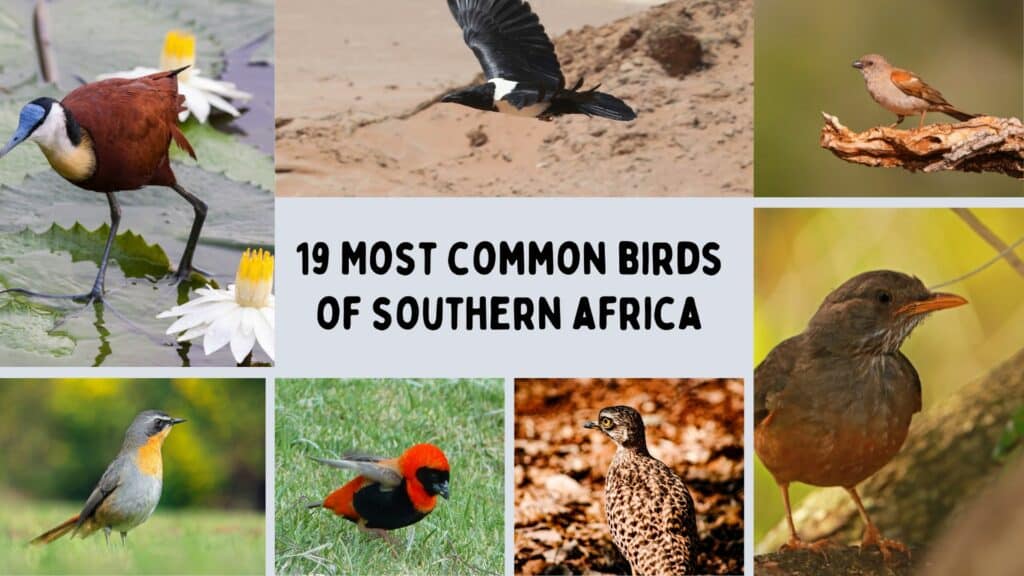
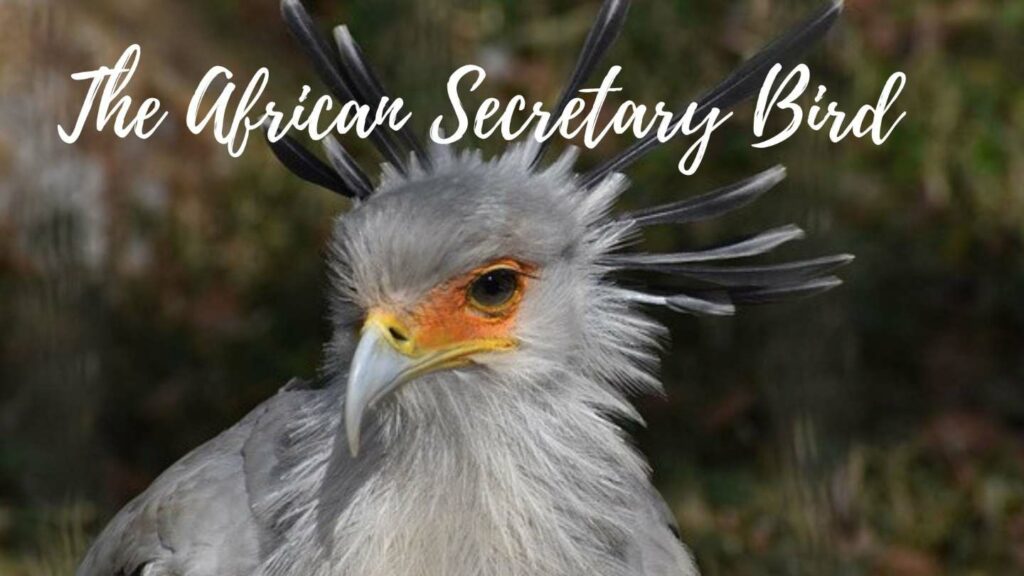
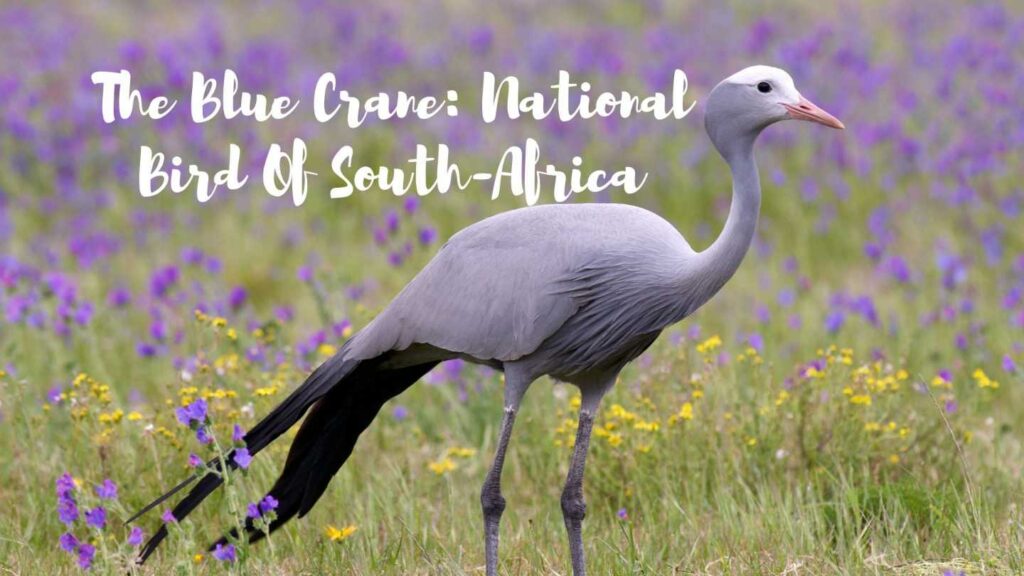


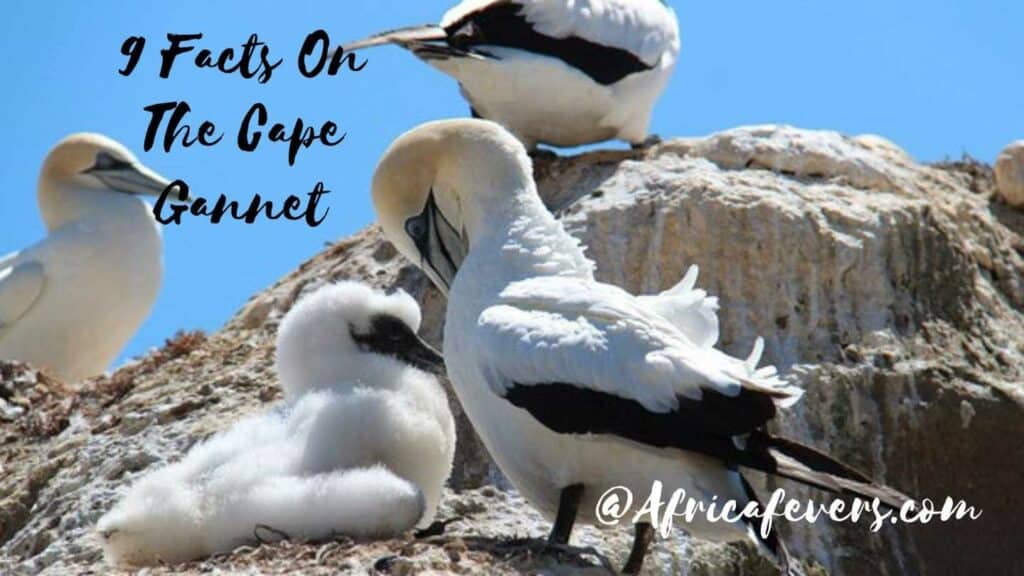


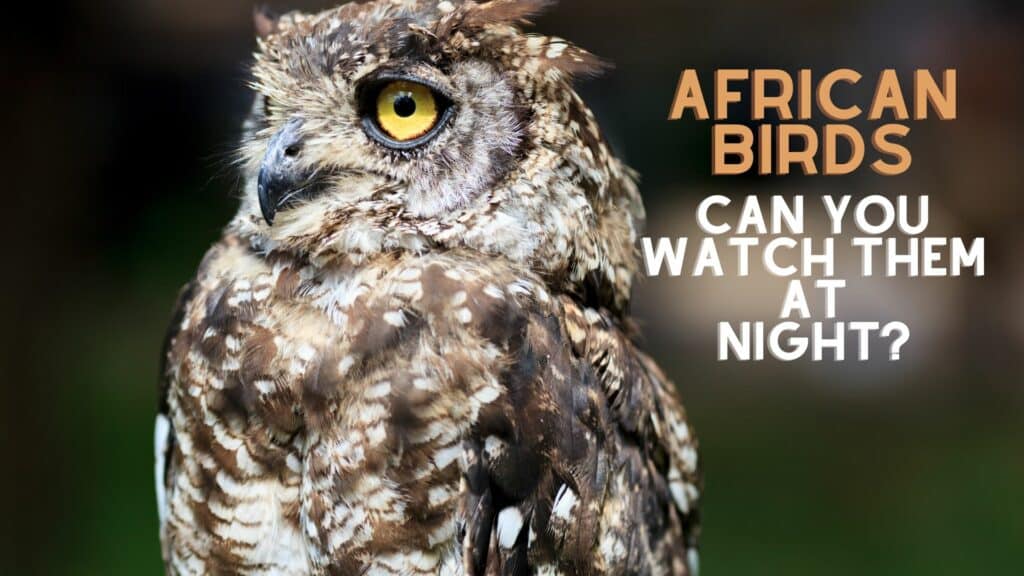

What a spectacular looking bird!! The birds calls are distinctive which you capture not just in your writing but with the video too. Again, another bird that’s monogamous, this was fascinating to me in one of your previous posts but while rare seems pretty common in Africa, would that be true? It is sad to read the species hangs in the balance though, like so many other animals. Thanks for another great post, I love these. great work.
Hi Ryan!
What an interesting question if African birds are more monogamous, I had to actually look that up! It seems that most birds are monogamous, about 90%! And that doesn’t seem different in other parts of the world besides Africa. This is a huge difference between birds and mammals. This is because males can also feed the young, while female mammals are the only ones capable of feeding the young. Quite logical if you think about it 🙂
Thanks for the comment!
Lizzy